Radioactivity Dynamics in River System
(2020)
QWill heavy rain cause the runoff of deposited cesium?[Radioactive cesium migration caused by torrential rain in October 2019: Upper river basin]
ANatural disasters are increasing in frequency and intensity these years. To evaluate radioactive cesium migration behavior associated with natural disasters, some basic information is needed, including data on radioactive cesium runoff and distribution before, during, and after past heavy rain events.
Long-term observation results show that dissolved Cs-137 concentrations in mountain stream water in the source basin remained within the range of seasonal variation during torrential rains and before/after typhoons. Cs-137 runoff ratios on forest slopes in upper basins also stayed within the past data range (0.06-0.16%) as far as the forest floor was covered.
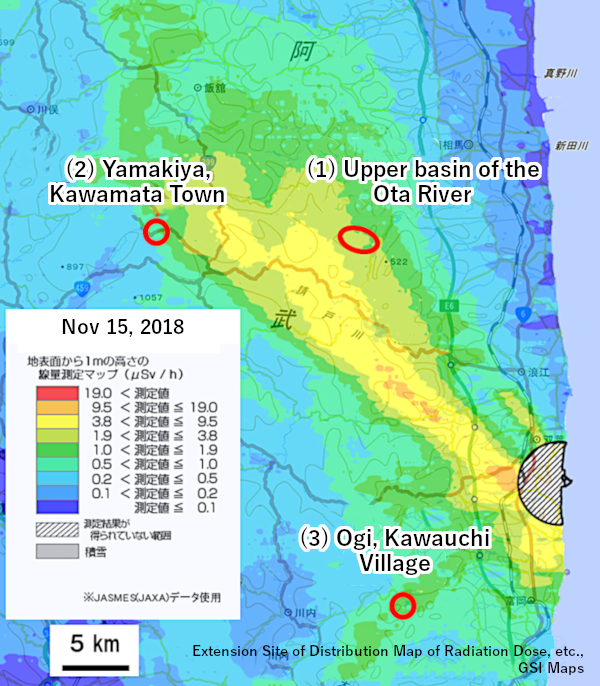
Fig.1 Survey locations in source and upper basins
((1)Upper basin of the Ota River, (2)Yamakiya, Kawamata Town, (3)Hagi, Kawauchi Village)
(1) Dissolved Cs-137 concentration in mountain stream water in the source basin (upper basin of the Ota River)
-
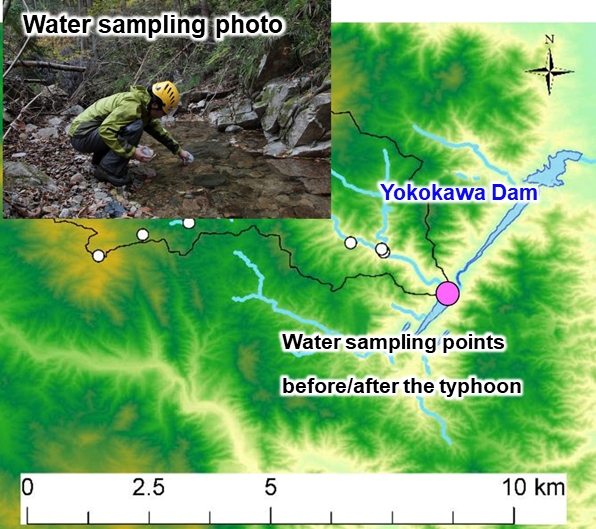
Fig.2 Water sampling points before/after the typhoon and a water sampling photo
-

Fig.3 Dissolved Cs-137 concentration before/after typhoons
- Dissolved Cs-137 concentrations remained within the range of seasonal variation during torrential rains and before/after typhoons (and decreased in the following years).
- This suggests that typhoons may reduce dissolved Cs-137 concentrations in upper-basin forests during the following summer.
(2) and (3) Cs-137 runoff on forest slopes in upper basins
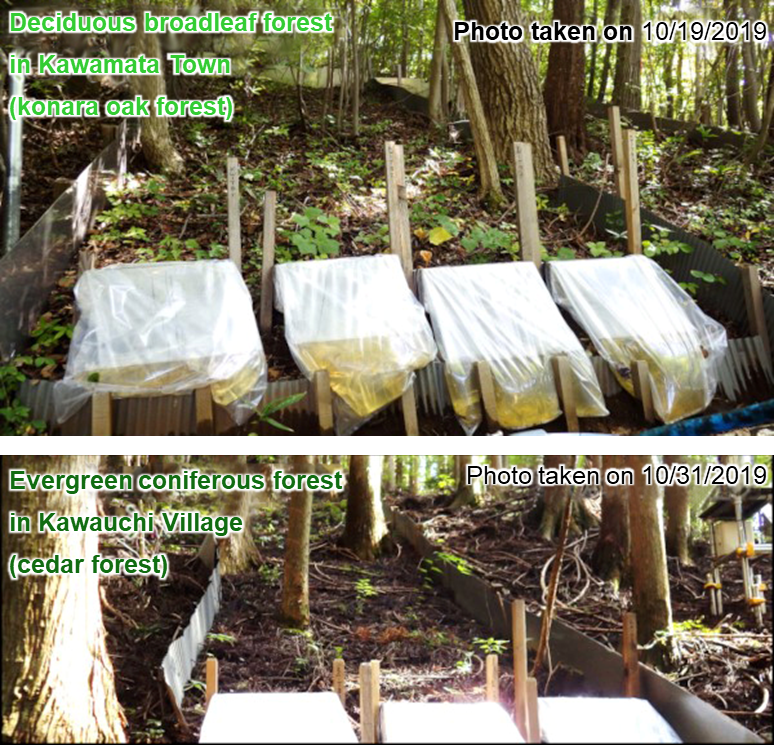
Fig.4 Observation plots set on forest slopes with an angle of about 30 degrees
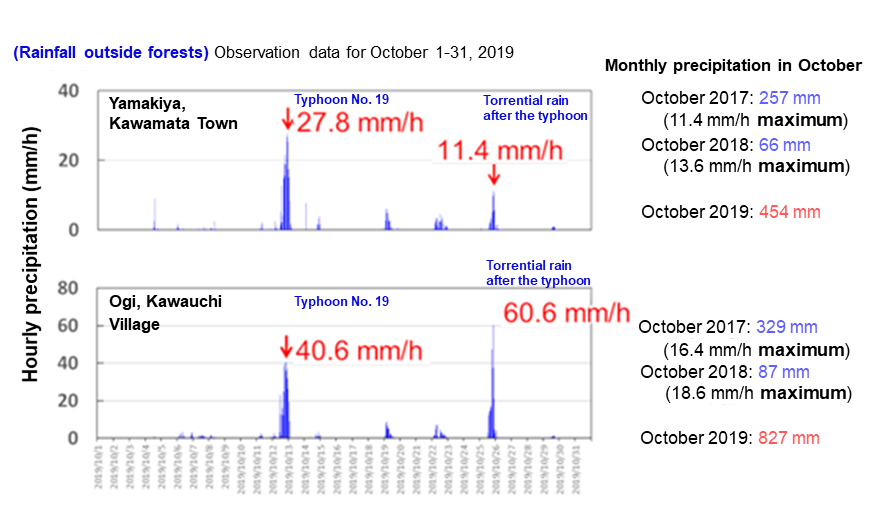
Fig.5 Precipitation in Typhoon No. 19 of 2019 and subsequent torrential rains
Note: The observed precipitation was 2 to 9 times higher than that in normal years.
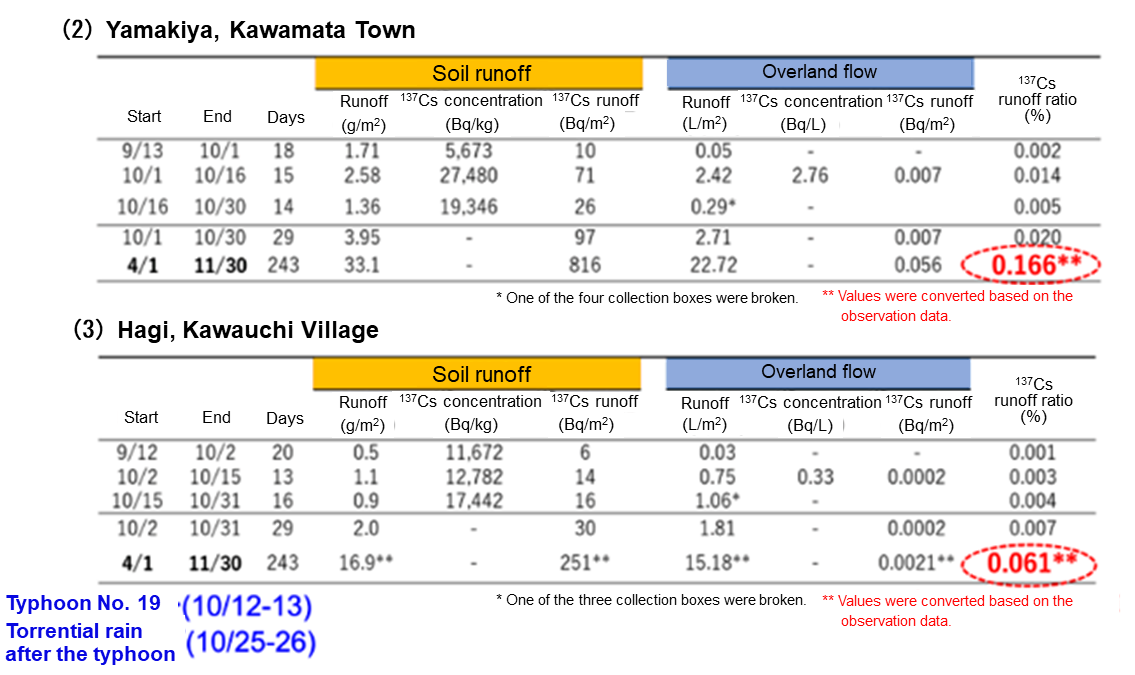
Fig.6 137Cs runoff in Typhoon No. 19 of 2019 and subsequent torrential rains
- On forest slopes, there were no traces of large-scale litterfall runoff or soil erosion due to Typhoon No. 19 of 2019 and subsequent torrential rains, with no changes found on the forest floor.
- Annual runoff ratios calculated from the runoff ratios during the observation month of October ranged from 0.06 to 0.16%, falling within the past data range of 0.05 to 0.24%.
- As shown above, no increase in runoff was observed as a result of typhoons as far as the forest floor was covered with litterfall.
Related articles
- Will heavy rain cause the runoff of deposited cesium? 【Radioactive cesium migration caused by torrential rain in October 2019: Middle to lower river basin】
- Do dose rates in riverbeds increase after heavy rains? 【Changes of air dose rate in heavy rain】
- Does the concentration of radioactive cesium in river water increase after rainfall? 【Changes of the concentration of 137Cs in heavy rain】
- How much amount of radiocesium discharges into the ocean?
- Dose the radiocesium discharge ratio from rivers depend on the local environment?
- Where is the radiocesium in river water coming from?
